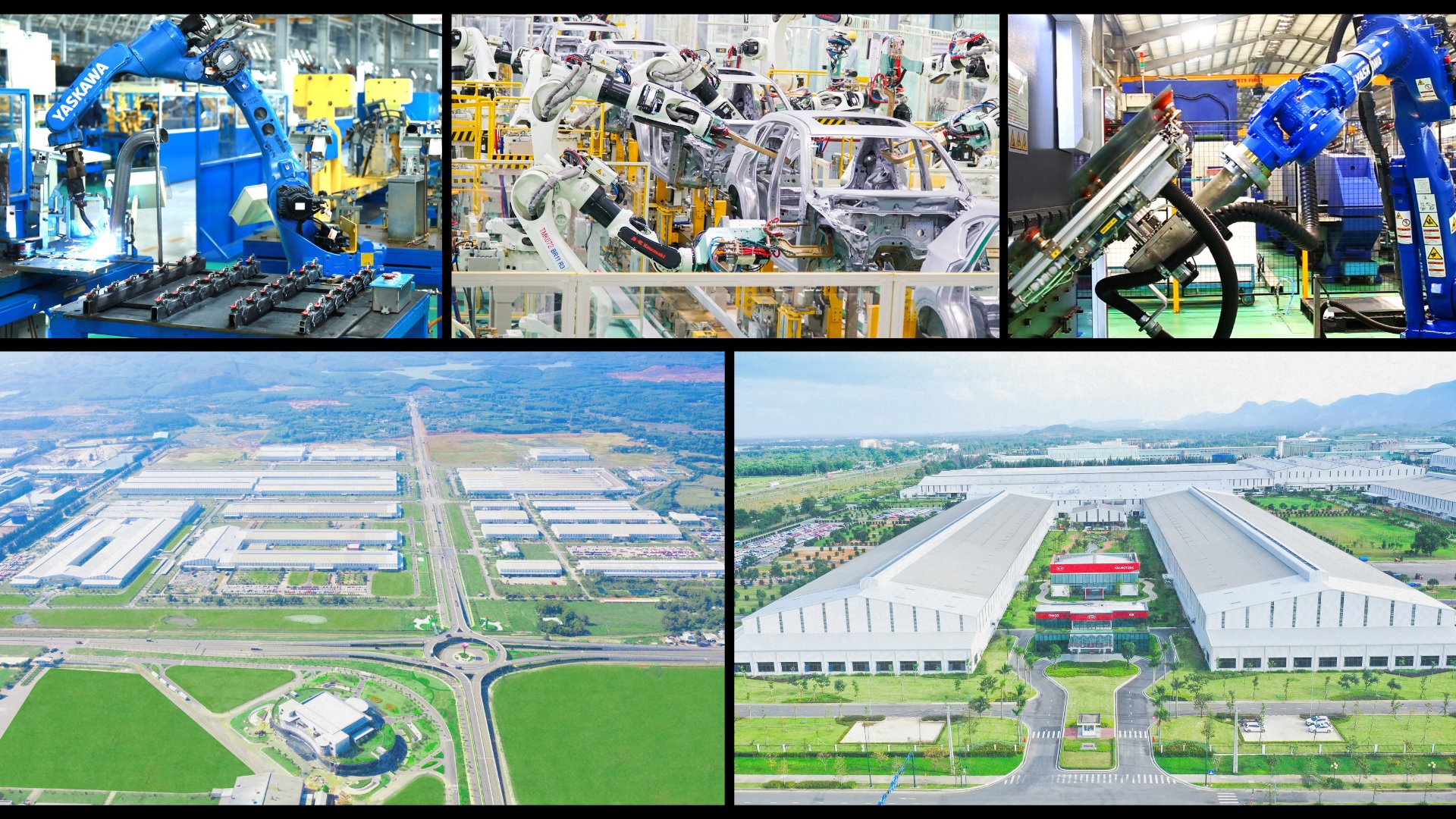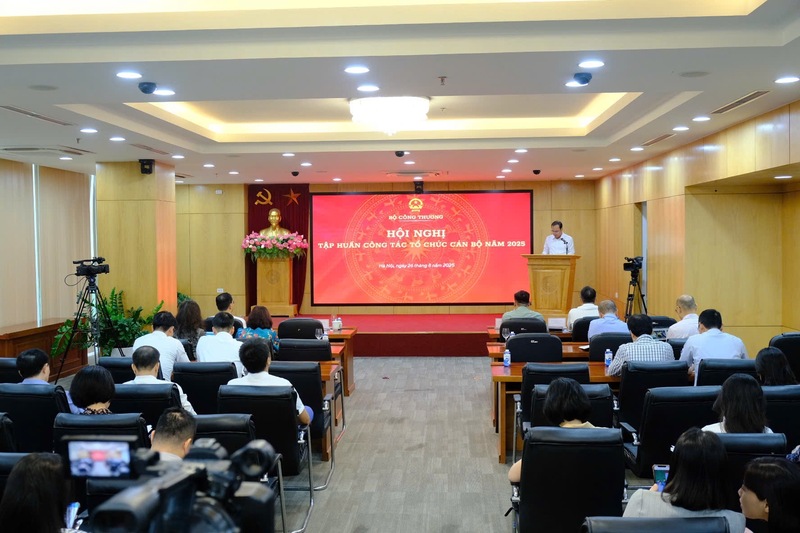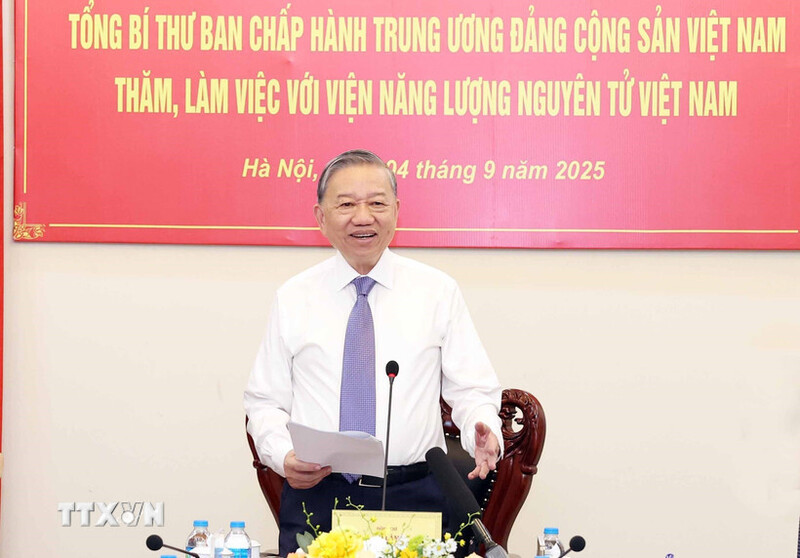
Linking supporting industries with key projects: A driver for industrialization
19:05 | 23/03/2025 21:47 | 05/09/2025Support industries
A large, demanding market with room for Vietnamese produce
With a population of 450.4 million (2025), a GDP of USD 19.4 trillion (2024), representing nearly 18% of global output, and annual spending on food and beverages of EUR 1.1 trillion, the EU is regarded as one of the largest yet most demanding agricultural markets in the world.
In 2024, the bloc’s agricultural and forestry imports reached USD 348 billion, a figure expected to rise to USD 363.9 billion in 2025. Key imports include fruit and vegetables, seafood, coffee, cashews, timber, and pepper, accounting for between 30-60% of global imports in these categories.

In 2024, the EU’s coffee imports reached USD 26.33 billion, accounting for over 60% of global coffee imports
Vietnam has become an important supplier, with agricultural exports to the EU steadily increasing from USD 3.76 billion in 2019 to USD 5.44 billion in 2024. In the first seven months of 2025 alone, exports hit USD 4.73 billion, up 49% year-on-year.
Leading products include coffee, seafood, timber, cashews, and fruit and vegetables, with Germany, the Netherlands, Spain, Belgium, and Italy as the main destinations. Still, Vietnam’s exports represent only about 2% of the EU’s total agricultural import value, highlighting vast potential for growth.
Challenges, however, remain significant. According to Tran Van Cong, Vietnam’s Agricultural Counsellor to the EU, the bloc has yet to open its market to Vietnam’s terrestrial animal products; the IUU “yellow card” sanction on wild-caught seafood remains unresolved; tariff competition is intensifying as other nations shift their supply chains toward the EU to benefit from preferential access; and long distances coupled with high logistics costs erode Vietnam’s competitiveness. Moreover, exports are still dominated by raw or semi-processed goods, while deeply processed, high value-added products remain limited.
The EU market also stands out for its stringent requirements on quality, food safety, sustainability, and social responsibility. For plant-based goods, the EU does not mandate farm or packaging codes as some other markets do, relying instead on post-entry inspections. However, certain products such as dragon fruit, chili, and okra face tighter scrutiny due to past pesticide residue warnings.
For seafood, while the EU market is fully open, requirements for traceability, food safety certification, and legal sourcing are extremely strict. Adding to this, the EU is preparing to enforce the anti-deforestation regulation (EUDR) from December 31, 2025. Vietnam is among the few countries classified as low risk, but businesses must nevertheless prepare to comply.
Restructuring for sustainability to win over the EU
Five years into the EU-Vietnam Free Trade Agreement (EVFTA), the EU has eliminated tariffs on nearly 100% of tariff lines, creating significant advantages for Vietnam’s farm, forestry, and fishery products. Compared with rivals from South America, Asia, or Africa that face MFN (Most Favoured Nation) or GSP (Generalised System of Preferences) import tariffs of 4% or higher, Vietnamese goods enjoy a distinct competitive edge.
The EU may be a demanding market, but it is also full of potential. With effective use of trade agreements such as the EVFTA, combined with improvements in quality and production capacity, Vietnam’s agricultural exports could achieve strong breakthroughs in the coming years.
According to Counsellor Tran Van Cong, processed fruit and vegetables account for only about 20% of Vietnam’s exports to the EU, despite import tariffs for processed products being at 0%. This presents an opportunity, particularly given the appeal of tropical and seasonal produce.
Processed coffee, especially instant coffee, already makes up 18% of EU imports, while Vietnamese roasted coffee enjoys zero tariffs compared with competitors facing rates of 7.5-11.5%, giving Vietnam a clear edge.
In seafood, around 600 Vietnamese enterprises are currently licensed to export to the EU, including premium segments such as eco-shrimp, ASC-certified shrimp, and black tiger prawns.
Demand is also rising for legally sourced and certified timber. Compliance with EUDR and FLEGT, together with certified plantation investment, opens opportunities for wood flooring products, with global demand projected to reach USD 55.8 billion next year.
To increase its market share, Cong recommended that enterprises, associations, and government agencies focus on boosting exports of high-potential product groups such as processed fruit and vegetables, processed coffee, black tiger shrimp, eco-shrimp with international certification, wood flooring, and natural rubber.
He further urged the Ministry of Agriculture and Environment to finalize applications for EU market access for terrestrial animal products, provide guidance for businesses to prepare for EUDR compliance, accelerate talks with the European Commission to lift the IUU yellow card, establish safe farming zones, improve product quality, and promote branding and trade promotion in the EU.
Deputy Minister of Agriculture and Environment Tran Thanh Nam added that the ministry will continue to focus on addressing the IUU yellow card, intensify measures to resolve issues with products under higher inspection frequency (such as dragon fruit, okra, chili, and durian), and expand raw material areas that meet EU export standards, including organic production.
On the corporate side, many firms are restructuring toward sustainability. The EU is Vietnam’s largest coffee export market. In the first half of this year, Simexco Dak Lak reported record revenues of USD 550 million, despite unchanged volumes, thanks to a greater focus on processed coffee and certified sustainable products.
According to Chairman Le Duc Huy, the company has developed digital mapping to ensure farm-to-household traceability and is upgrading Robusta quality to align with EU preferences.
Looking ahead, the Vietnam National Coffee Corporation is building specialized cultivation areas, adopting technology, enhancing logistics services, and integrating deeper into the global value chain. Its deputy general director Dang Hong Tuan noted that the company aims to become a green, sustainable agricultural group with international competitiveness by 2035, leading in science, technology, and innovation.
By promoting sustainability certification, building a national brand, advancing deep processing, and intensifying trade promotion, Vietnamese agriculture can not only secure its role as a leading supplier but also consolidate its value and presence in one of the most demanding yet promising markets in the world.
Each year, the EU spends nearly USD 102 billion on fruit and vegetable imports, USD 26.33 billion on coffee, USD 3.53 billion on cashews, USD 353 million on pepper, USD 60 billion on seafood, USD 59 billion on timber and wood products, and USD 60 billion on rubber and rubber products. Imports of rattan, bamboo, sedge handicrafts and OCOP products amount to USD 40 billion, while the bloc also brings in 1.7-2 million tonnes of rice annually.

19:05 | 23/03/2025 21:47 | 05/09/2025Support industries

19:05 | 23/03/2025 21:38 | 05/09/2025Trade

19:05 | 23/03/2025 21:35 | 05/09/2025Economy

19:05 | 23/03/2025 17:34 | 05/09/2025News and Events

19:05 | 23/03/2025 17:31 | 05/09/2025News and Events